Early morning boat trip
A Midsummer Dawn – A few hours of calm, good company, glassy waters, a golden sunrise, and birdlife
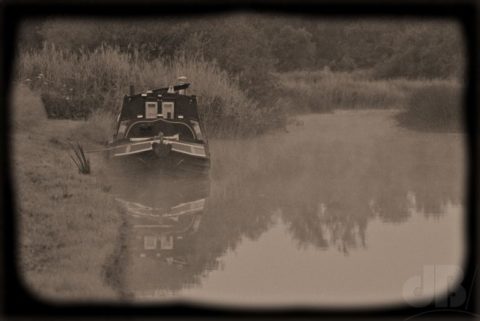
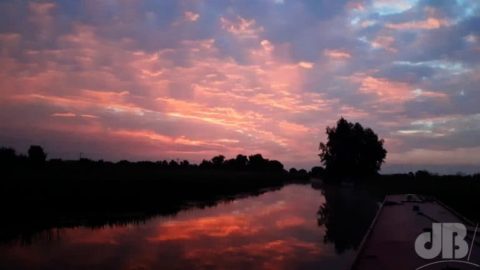
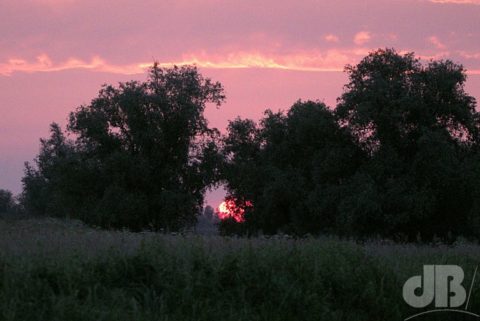
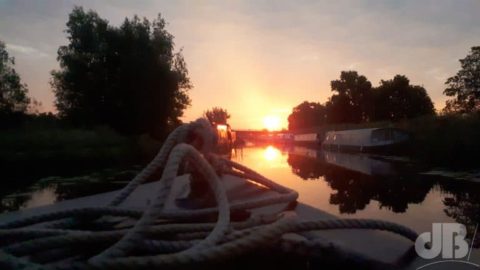
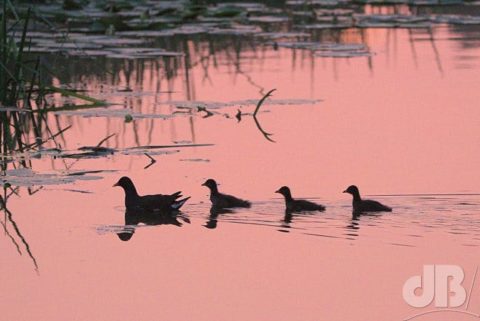
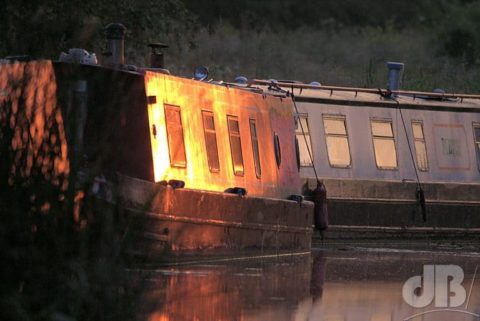
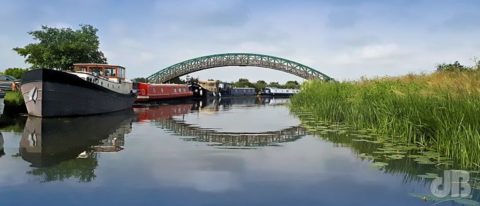
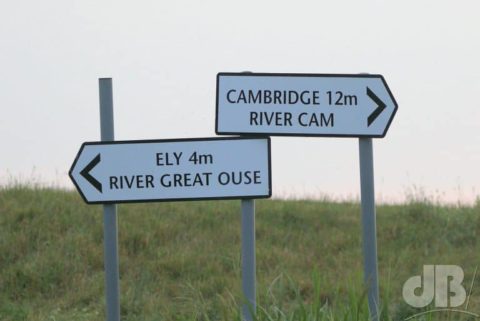
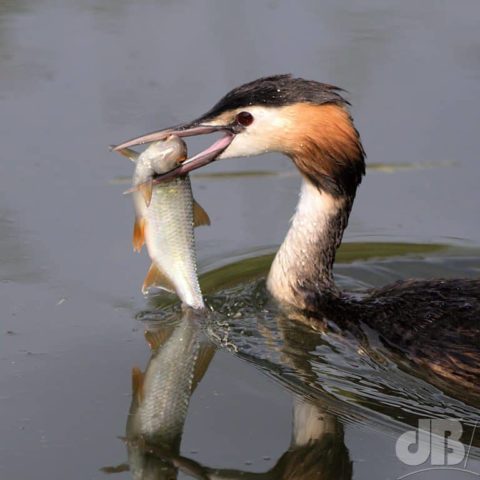
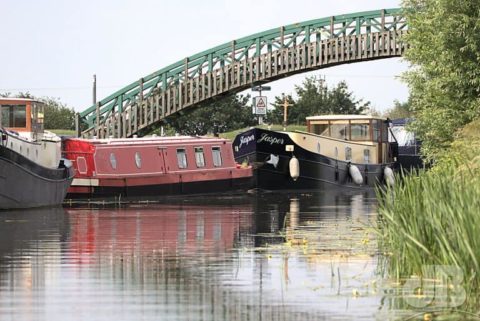
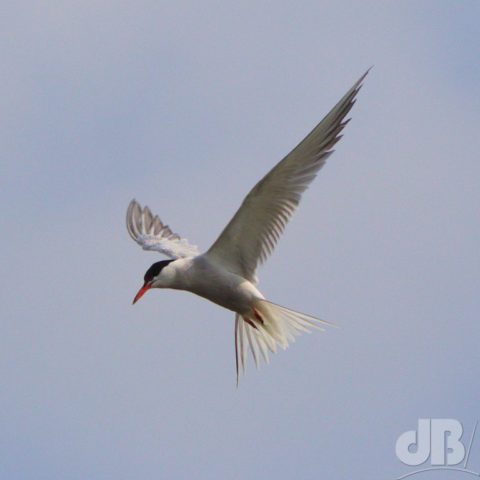
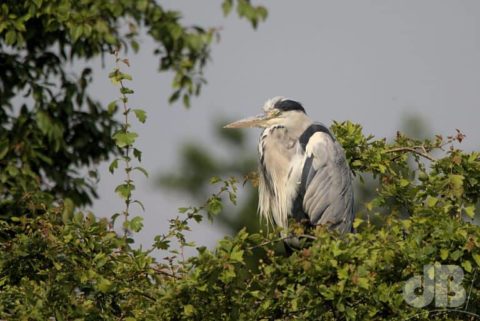
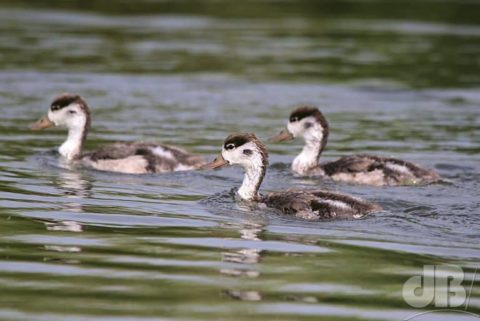
36.2055 years in science communication
News and views about photography, cameras, social media, as well as pointers to Dave Bradley’s photographic output. You can also find me on Imaging Storm, Instagram and Flickr as “sciencebase”
Early morning boat trip
A Midsummer Dawn – A few hours of calm, good company, glassy waters, a golden sunrise, and birdlife













The rather derogatory term “twitching” (see definition in my tongue-in-beak bird glossary) is usually preserved for someone going out of their way to see a rare bird…but those with an interest in seeking out natural wonders may well twitch anything. Yesterday, I took my daily walk partly along the Cambridge to Stives guided busway to “twitch” the bee orchids that are thriving sporadically along the wild margins of the route.
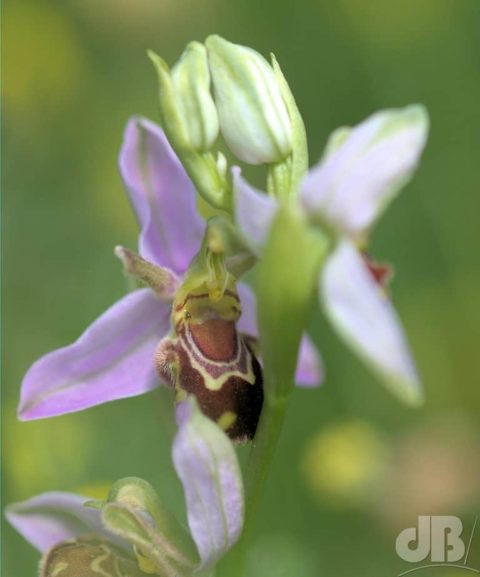
While I was walking back to my turning-home point, I bumped into a group of people who were well aware of the bee orchids, pointed out that there were also some pyramidal orchids around and explained that they were (mostly) amateur botanists out for a day’s botanising (the wildflower equivalent of birding and mothing, I presume).
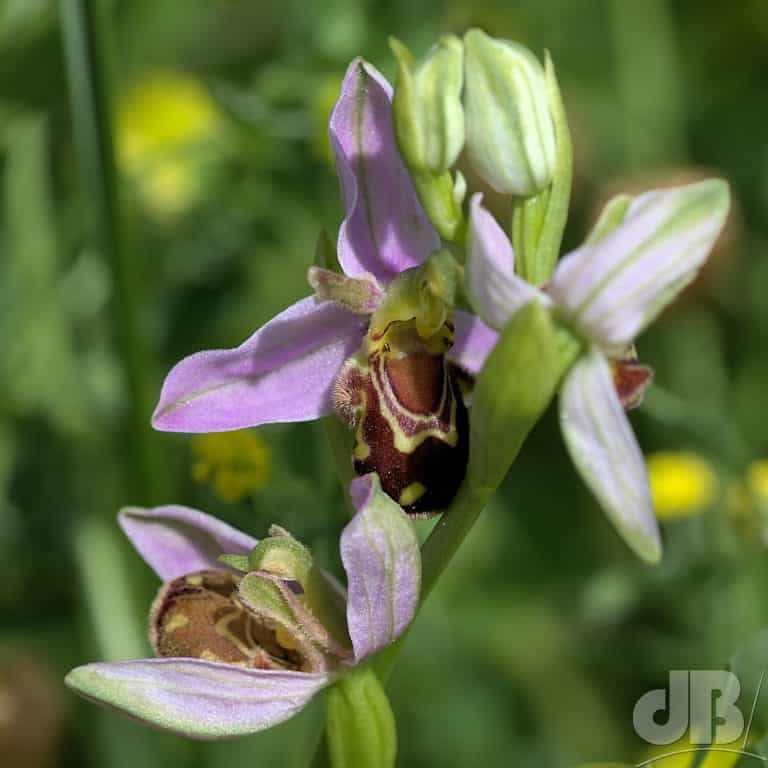
The plant that had taken their interest at the time I stopped to talk them was a seemingly mundane specimen in the impacted dirt at the edge of the by-way and guided bus cycleway. What made it interesting was that it was a maritime species, a wildflower that should only be seen growing along our coasts. Now, given the number of wading birds that seem to have taken to being landlubbers these last few months in and around our village, it’s perhaps no surprise that a maritime plant species will have taken root, perhaps a seed having hitchhiked among the feathers of one of those coastal waders or been delivered in conjunction with a bird’s inflight fertiliser in the form of avian guano. I think this is the plant, but there were several others around it, so not sure, and no idea of its ID.
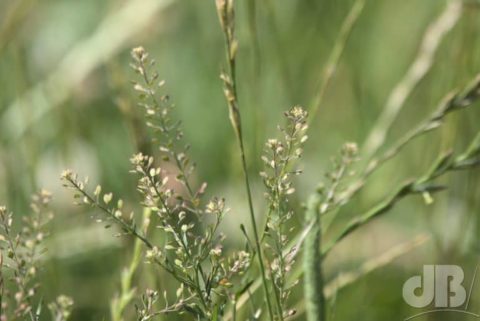
TL:DR – Testing the Topaz AI software to sharpen, remove motion blur and denoise an otherwise unusable photo of a Peregrine Falcon.
I’m just giving Topaz Sharpen AI and Denoise a try-before-you-buy. I had some hastily grabbed photos of the Ely Peregrines, but the best of the bunch had quite a lot of motion blur and was rather noisy because of high-ish ISO and exposure compensation to get the underside markings of the bird against a bright blue sky as it flew overhead.
So, here’s the basic photo converted from camera RAW and close-cropped to a square to ultimately upload to the Sciencebase Instagram. It looks very grainy/noisy and the motion blur and shoddy focusing look irretrievable, to be honest…
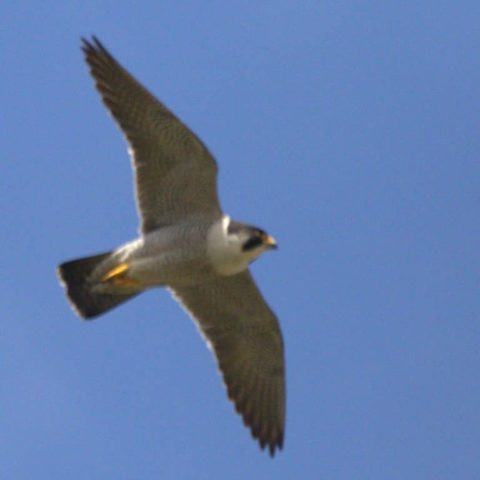
I told Topaz that the photo is suffering from serious motion blur and is “very blurry” and let it choose the basic settings. It took several minutes to process the image but the output is quite astonishing…you have to admit!
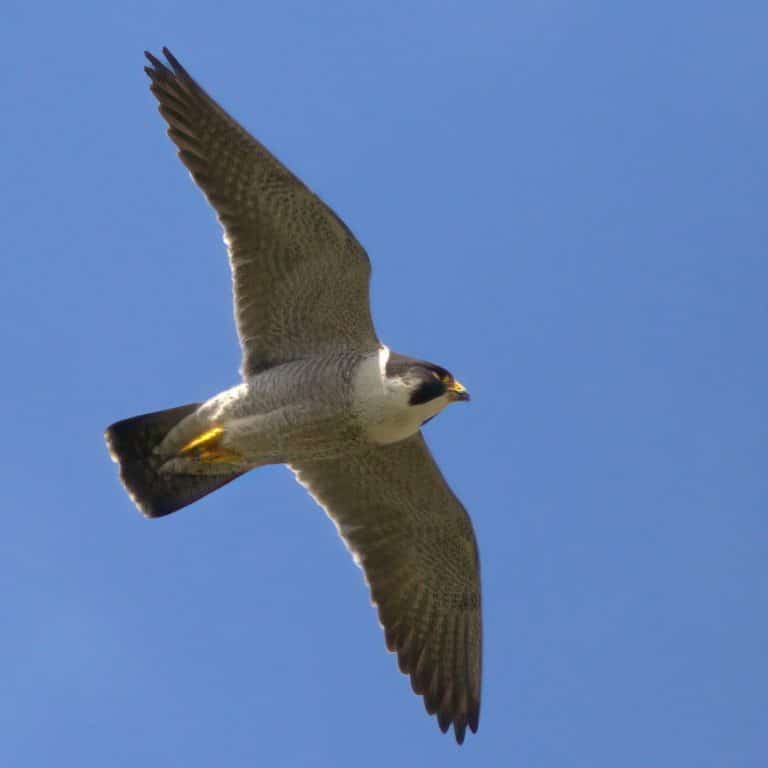
Still noisy, but then I hadn’t asked it to clean up the grain, I used the separate Denoise AI software to do that, again with quite astonishing results just setting it to “standard” and letting it do its job. Denoising was very quick…
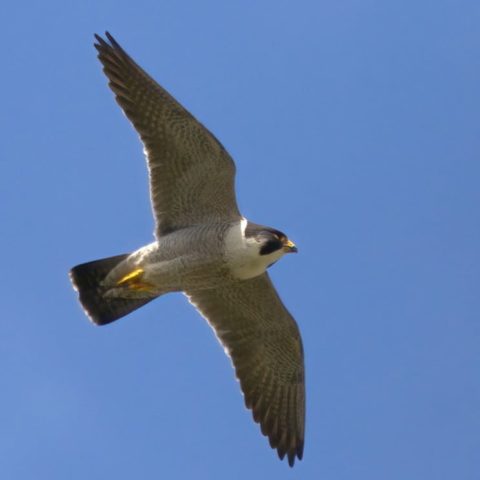
The final step was to go back to my usual photo editing package PaintShopPro to develop the image as I normally would and to add my logo…
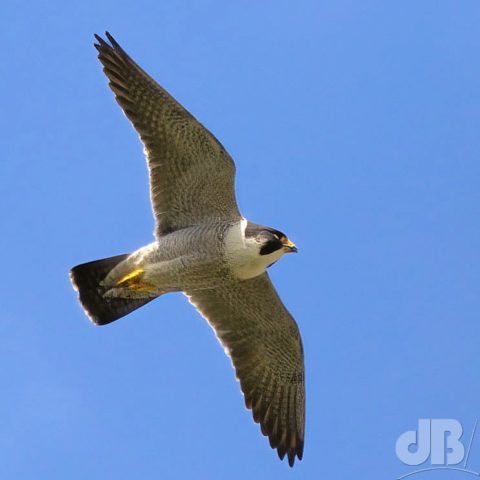
That’s a pretty good result considering how shockingly bad the original unprocessed image was and perfectly acceptable for Instagram and other social media, I’d say, although probably not going to be good enough for National Geographic in any way, shape, or form.
The Topaz Labs software – Denoise, Sharpen, and others – can be found here.
I’m fairly sure I’d heard this relatively rare bird at RSPB Fowlmere several years ago but as a very, very amateur birder, I’d not seen one and certainly not seen one calling until this week. We took a trip to RSPB Titchwell on 2nd May 2021 and could hear one in the reed bed adjacent to the main footpath from the visitor centre, but didn’t catch a glimpse of the bird. A second visit in the week (5th May) and we could definitely hear the insect-like call of the bird and finally pinned it down to a patch of gorse and hawthorn not far from Patsy’s reedbed.
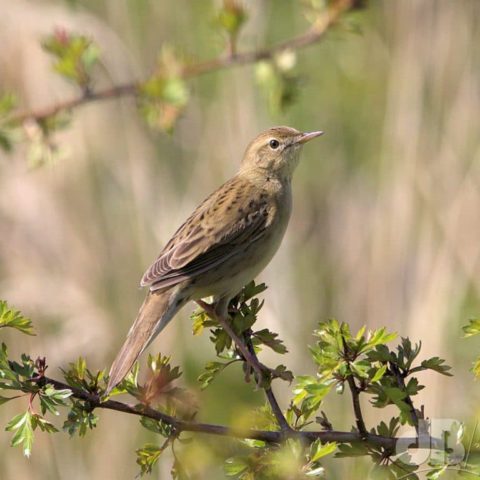
The Common Grasshopper Warbler is one of the grass warblers. (See What’s a Warbler, Anyway?). Given the name, one might assume that this bird dines on grasshoppers. But, that’s not the allusion of its name. Far from it. Rather the bird is so-called because its call is a constant monotonous trilling that sounds very much like the sound of a grasshopper. Here, have a listen to hear what I mean
The bird finds a safe perch, opens its bill and lets rip with its tuneless but rather delightful call. It’s quite difficult to pinpoint from exactly where the sound emanates, as is often the case with high-pitched bird calls. It’s almost as if the bird has some kind of ventriloquial skill. Nevertheless, we were lucky today and caught sight of it following an outburst as it weaved its way through spiny bushes to find its next perch.
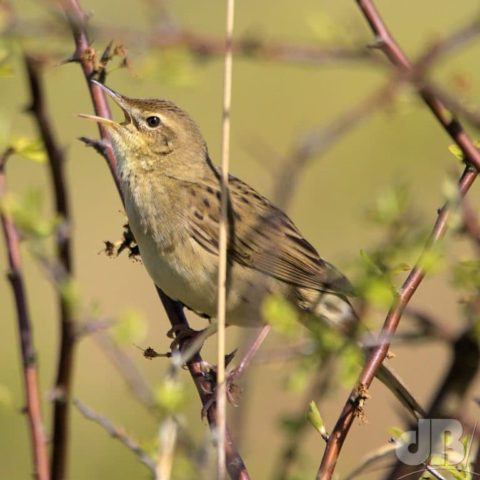
There an estimated 16000 pairs in The British Isles and the bird is in the conservation red list as endangered. For comparison, there are 260,000 Sedge Warbler “territories”. The species can be seen across Europe from the west to Russia and Ukraine. It spends the northern winter in West Africa. The Locustella of the scientific name is the genus of which this species is the “type” naevia “translates” as spotted.
If you were hoping to read an article with the top five ways to go viral on Instagram, then I’m sorry to disappoint you, but I don’t have any tips. I’ve been using Insta since not long after it launched, but have fewer than 600 followers (as of the time of writing) and have posted only about 2000 photos, most recently of birds, moths, and occasional mammals and moonshots.
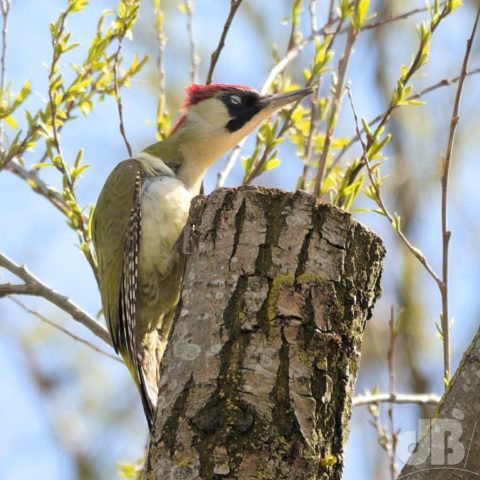
A lot of the people who follow me are people I knew in the real world or via other earlier social media encounters. The follower number has crept up but ever so slowly over the years. Most of my photos get a few dozen likes. Occasionally, something will suddenly get a traffic spike and reach 100 likes. w00t (not!)
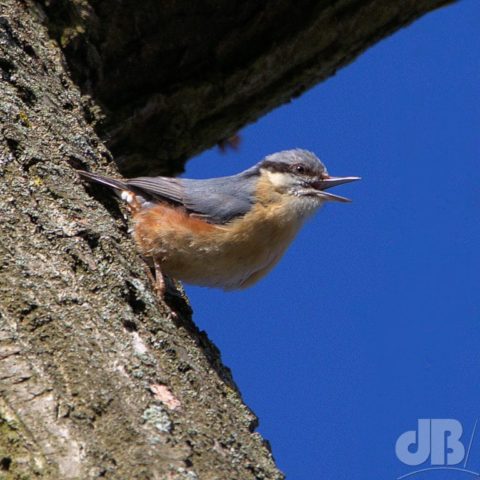
I use hashtags to try and draw the crowds although they don’t seem to make much difference. Indeed, recently, posting from a desktop PC has seen my comment and hashtags failing to upload and the photo has, nevertheless, reached the giddy heights of 100 or so likes. So, I really don’t have a winning formula.
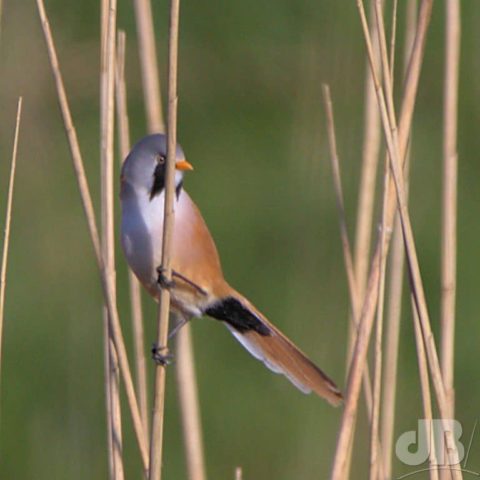
At the weekend, I got wind of a Nuthatch that had turned up down the road, at All Saints’ Church, Cottenham, not a ten-minute walk from here (maybe 15). It is the first time one has been seen in the village, at least within living/birding memory. It was a dull, grey morning when it was first spotted and I got some dull, grey photos. It is a lovely little bird, almost like a miniature kingfisher, but pecking around treetops rather than darting along rivers and streams. It has pretty but pastel, pale colouration.
The Nuthatch is not a particularly rare bird. There are 220,000 breeding territories across the British Isles, although they’re quite localised and like I say, these is a first in modern times for Cottenham, as far as I know. I recorded it singing and also went back on the sunny Sunday morning to get a better shot.
I think I succeeded in getting a clearer, more detailed shot of the bird and I posted it with hashtags on Instagram, Twitter, Facebook, and on this very blog (obvs). The insta tags I used were the same ones I usually use but with the addition of #nuthatch:
#birds #aves #featheredfriends #birdoftheday #instabird #birdsofig #birdies #nature #RSPB #Fenland #England #countryside #beautiful #feathers #nuthatch
I anticipated the usual small, but perfectly formed, collection of likes from friends and contacts. And, they did indeed arrive for which I am always grateful, it’s nice to be appreciated and all that. But, having seen the first few dozen I was surprised to check back much later in the day to see that the numbers had gone up a lot…almost 400 by late afternoon and at the time of writing on a day later, there have been well over 800 likes for this one photo.
Like I say, it’s a special bird, it’s the first Nuthatch in Cottenham in birding memory, the incomer could herald colonisation and the species may ultimately become an everyday sight in the village. But, a first for a small village doesn’t explain why so many people from all over the world have liked this fairly mundane bird photo of mine. I’m really intrigued to know what sparked such interest especially given that the subsequent bird photos (an amusing one of a Green Woodpecker and one of a Bearded Tit) didn’t achieve quite the same virality…
This is a Spring moth known as a Lead-coloured Drab, Orthosia populeti, fairly certain of the ID, I couldn’t check the degree of featheriness on the antennae to be certain, it may be a different type of Drab. Its markings are not particularly remarkable, but its hairy compound eyes can be something of a talking point.
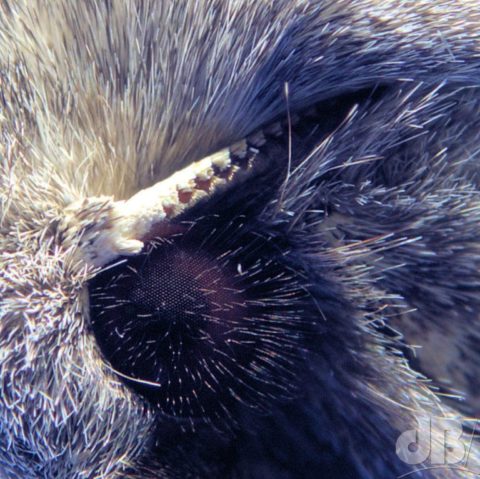
The macro shot of the moth’s left eye was taken with my camera mounted on a tripod very close to the moth. I used manual focusing in “live view” mode (i.e. focusing with the camera’s rear screen. I set the shutter to “silent” mode on put it on a 10-second timer to minimise vibration.
The camera in question is a Canon 7D mkii digital SLR (2/3 cropped frame). It was fitted with a 1:1 90mm Tamron macro lens and a 44mm extension tube to allow focusing closer than the Tamron’s standard minimum focusing distance.
Shot was taken as a 2-second exposure, with an aperture of f/7.1, and ISO 200. No flash, just ambient light and a line of LEDs about 2 inches above the moth.
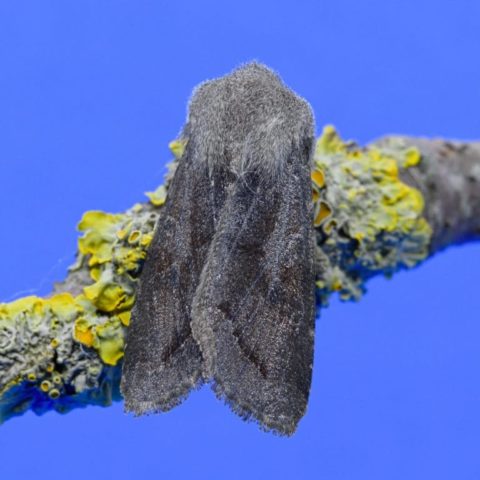
Sometimes you have to step back from how you normally do something to find a way to do that thing better. For a year or more, I’ve tended to set my camera shutterspeed to about 1/1000th of a second for bird photography. It’s a lower limit on capturing the rapid wing movements of small birds flitting from tree to tree and on and off the feeders. It works quite well, but the lens aperture then has to be as large as possible to compensate for the short length of time the sensor is exposed to light. Even then, if it’s not a bright day or I’m in woodland, the photo will not expose well and I have to bump up the ISO (the sensor sensitivity) to get the shot.
Higher ISO equates to more noise if you’re shooting digital or more grain if you’re shooting on film. Grain can be atmospheric in monochrome stills of grizzled old actors and the like, but for a wildlife shot you really want crisp details and pinsharp eyes, otherwise it fails as a photo.
Enter the Youtube tutorials of wildlife photographer Paul Miguel. He’s got lots of free materials for photographers to explore and I’d watched one or two of them previously. But, then one about photographing small birds kept popping up as suggested viewing whenever I was on Youtube. So, I took a look…well, it couldn’t hurt and I might learn something…
…and so I did, he reiterates all the above about shutterspeed and aperture and ISO and lots more besides.
BUT.
And this is the re-learning bit for me. He points out that if your subject isn’t moving a lot you can use a much longer shutterspeed, which means a much lower ISO and so far less noise even on a dullish day. With a longer shutterspeed, you need a decent tripod with a gimbal or similar to balance and move a big lens smoothly for framing and/or beanbags or cushions to lie it on so that camera shake and thence blur don’t come into the equation on this side of the lens. With the camera on the beanbags, he suggests making the setup even more stable by pressing down firmly with your left hand while being gently poised and ready to depress the shutter with your right.
I set up a perch (a gnarly and grizzled old log in the middle of the lawn, scattered some bird food (mealworms and red millet seed) on it and around it, and tucked myself out of site with the camera on a couple of cushions on a low table.
Aperture was f/6.4, shutterspeed, t, 1/200th second, ISO was nice and low (set by the camera based on f and t at ISO500). I also rolled back the focal length from its maximum 600mm (900mm equiv on a 2/3 crop sensor) to around 400mm (600mm equiv) partly so I could get the whole bird in the frame (I was quite close to the log, about 4 metres away) but also so that the lens wasn’t at its limit (focus is usually a little softer on any zoom lens at maximum focal length. For a smaller bird I might have wanted to be a bit closer to get more of it in the frame, but that would be closer than the lenses minimum focusing distance so a short extension tube would be needed, see Miguel’s discussion on that point too, you lose about 1-stop of light with a 25mm extension on a 400…600mm type lens.
Anyway, an obliging Starling turned up for the feast and I fired off a few shots as it pecked and preened. Some were a bit blurry due to the bird’s movement, but a couple of them were pin sharp and showed off the wonderful iridescence – greens, bronzes, purples – of this species rather well.
Several nice comments came back once I’d shared one of the best of the photos on social media. Someone said it looked like a Faberge egg in avian form, others simply said “awesome”, “beautiful”, but the most flattering of the comments on my Instagram was from another David B who had this to say:
When they write the book on the best way to represent a Starling, they will reference this photo
So, here’s the photo, resized for the website and with my familiar dB/, decibel, logo.
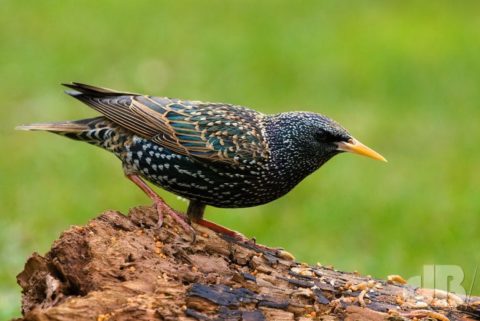
Common Starlings, Sturnus vulgaris, are now actually quite rare in the UK, they’re on the RSPB’s red list. Winter numbers are swelled by visitors from Continental Europe and you may be lucky to see several thousand in murmurating flocks close to dusk. I’ve blogged about murmurations on several occasions here, please check the archives. Biggest of those I’ve seen locally counted at about 14000 birds over the reedbeds at Ouse Fen RSPB. In the summer months many of those flocks dissipate and the resident numbers fall significantly.
Nevertheless, we usually have a dozen or so in our garden coming and going on most days throughout the year and they nest in the spring locally in the gaps in the eaves of our houses, old woodpecker nests in trees, and other hollows. Peak numbers might be 20+ during the summer when the chicks have fledged and they will get through fat balls and birdfood very quickly. It can be quite expensive being a bird lover.
I have one of those lens balls that were trendy for a short time a couple of years ago. You can do some very interesting landscapes and other shots with them. I left mine outside on the garden table a few nights ago hoping for a hoar frost one morning and a couple of days ago we had something close to that. So, I got a few shots of the glass ball encrusted with glistening crystalline water.

I was hoping to get a shot of it from above and clambered up on a garden chair to look down on it. Unfortunately, the chair bashed against the table in my clumsiness and set the ball rolling. I caught it just in time before it rolled off the table and didn’t drop the camera either. Amazing. But, of course, I’d smudged all the frost on the ball so my perfect shot was precluded. I made the best of it and at least one of the snaps I got gave it an otherworldly look…almost like an icy exoplanet…
UPDATE: The news kept getting better and while things are not quite back to normal and never will be, all of those involved are in a much better place than they were at the beginning of October. This was originally posted on 10th of the month, but I’ve retagged it as New Year’s Eve 2020.
It has been a traumatic week an emotional rollercoaster to coin a cliche, you might say. There is a more positive outlook this week than there was this time last week, so I am now doing a little bit of a celebration of life with some of the interesting and intriguing species Mrs Sciencebase and I have seen this year on our rather lockdown-limited excursions.
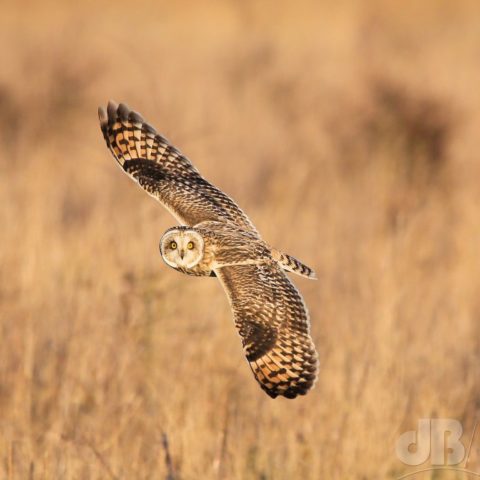
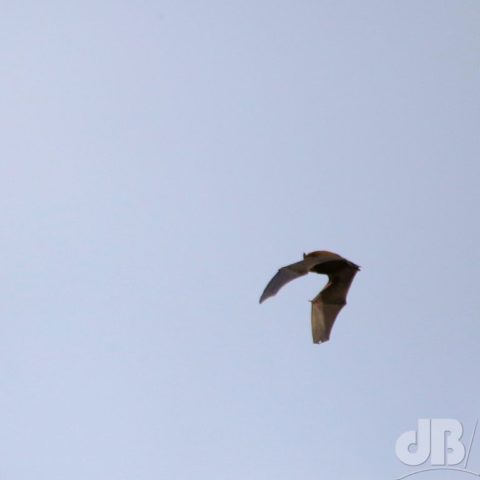
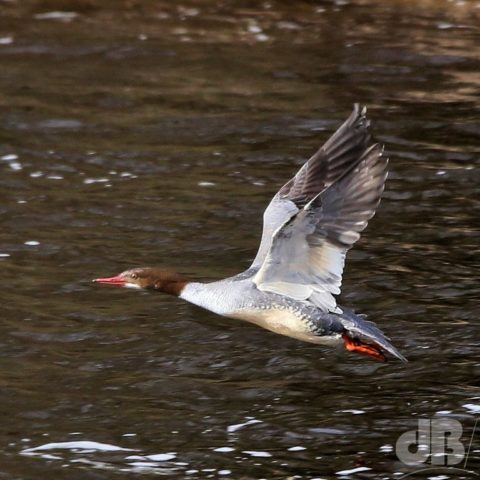 Female Goosander on The River Tyne near Ryton, March 2020
Female Goosander on The River Tyne near Ryton, March 2020
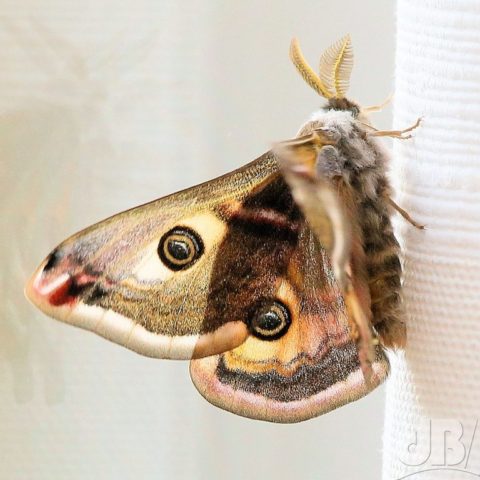
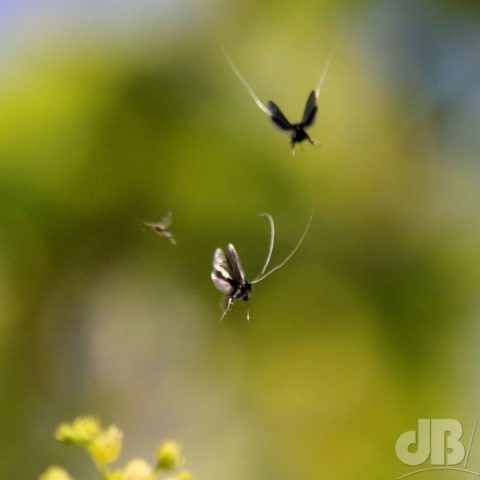
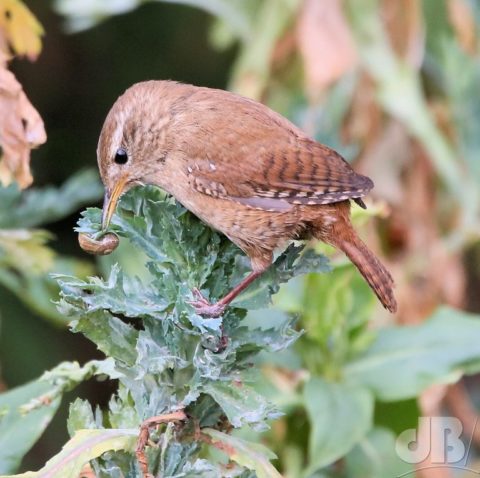
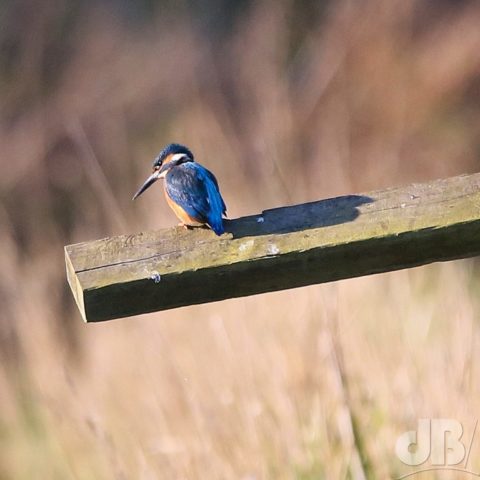
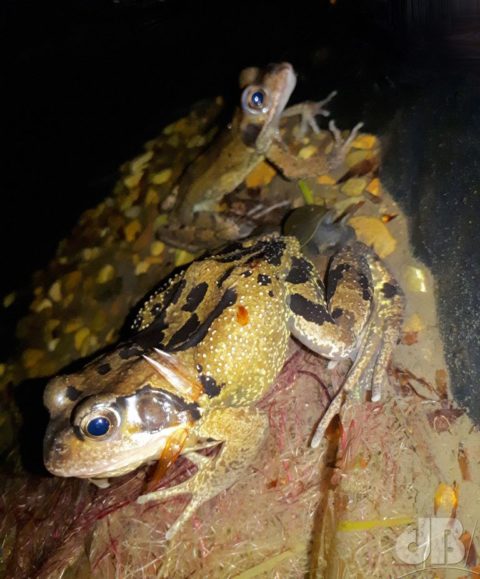
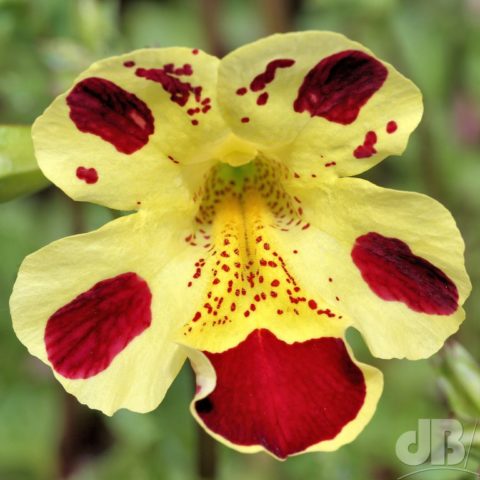
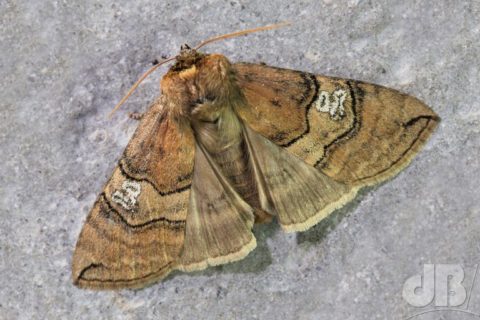
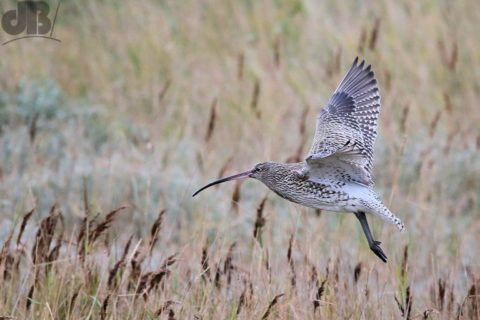
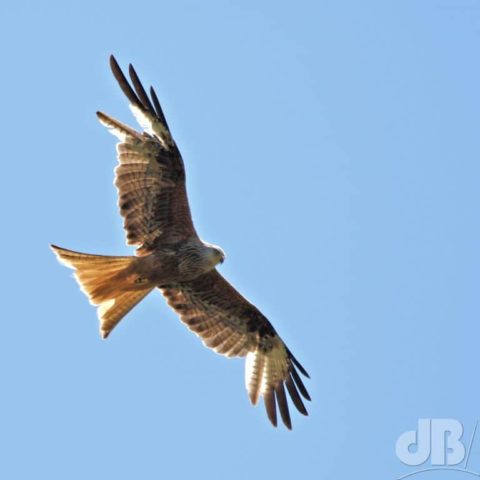
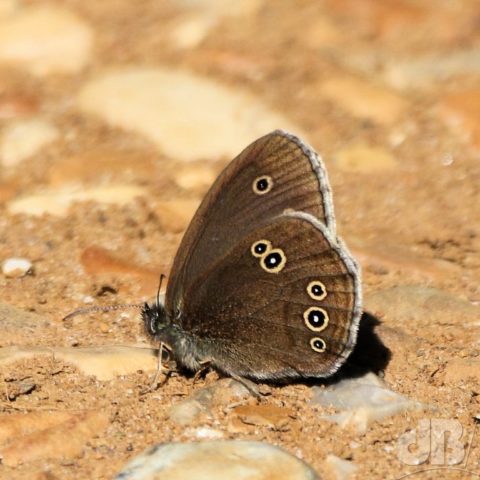
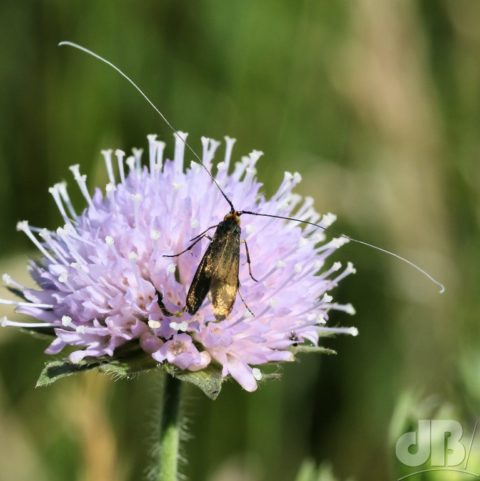
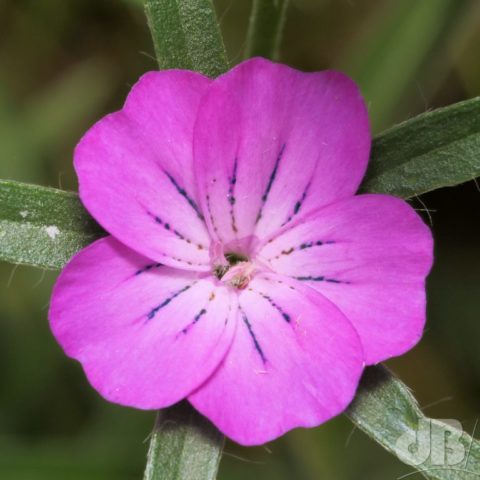
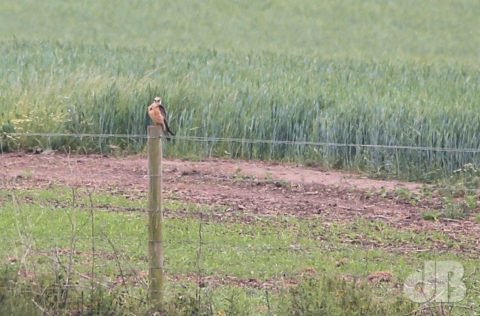
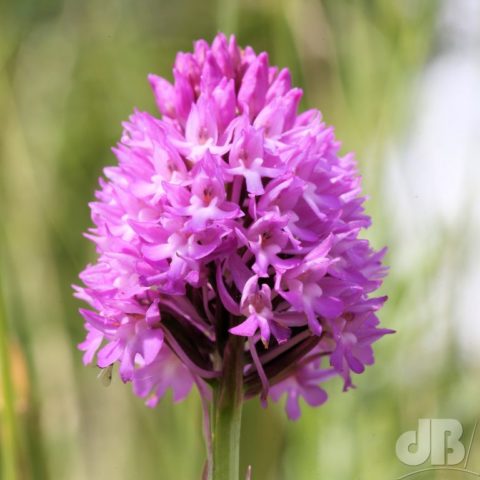
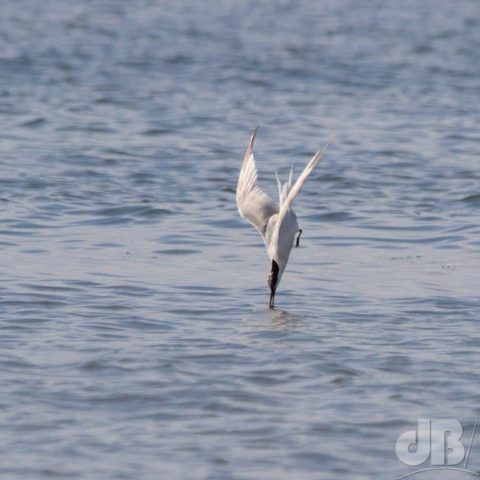
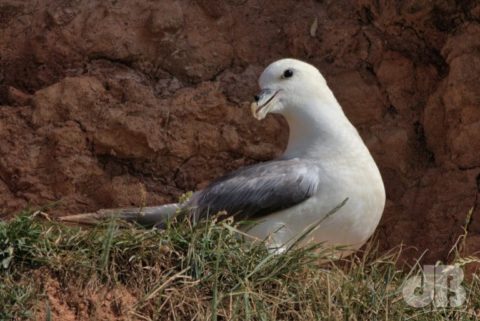
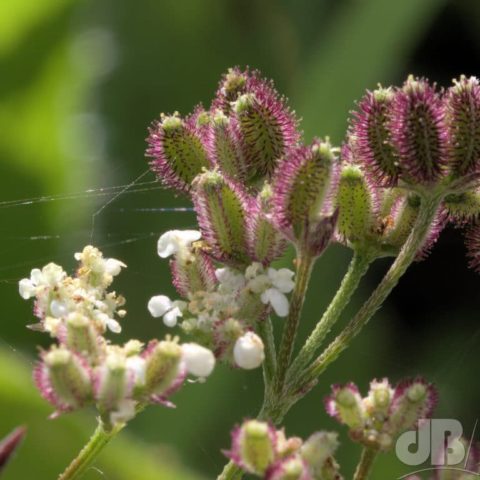
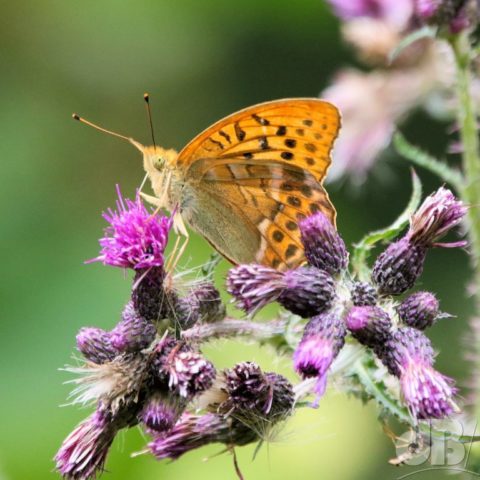
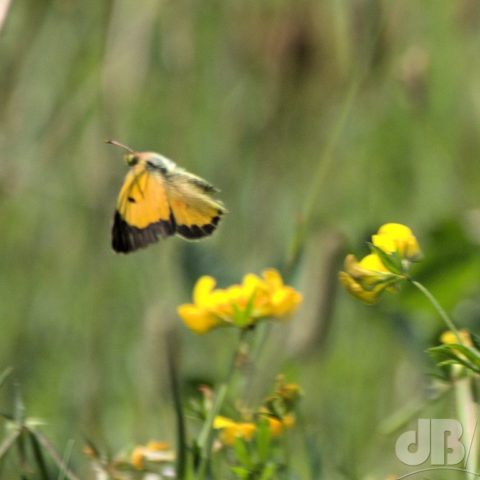
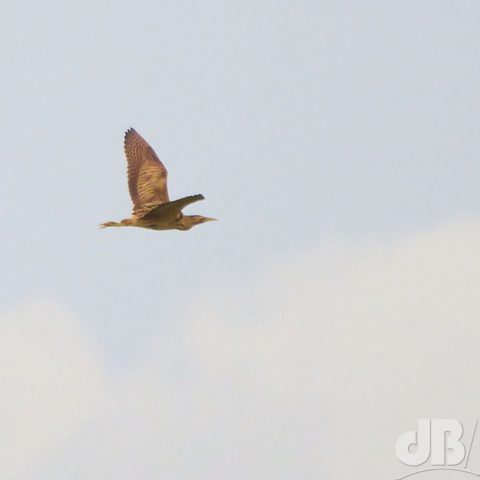
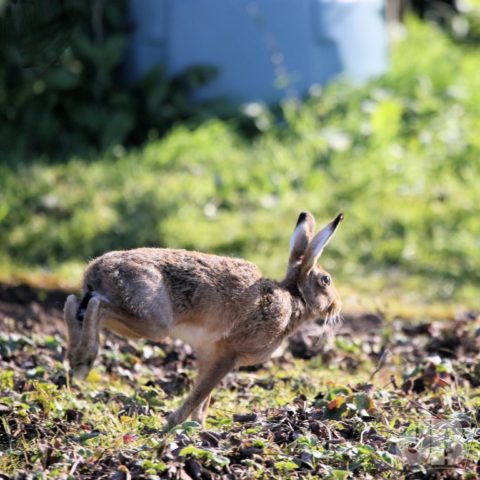
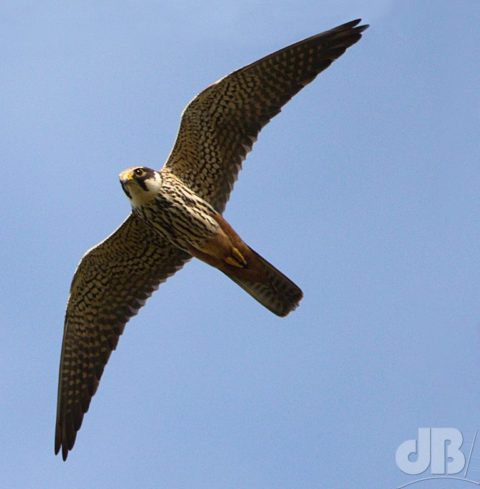
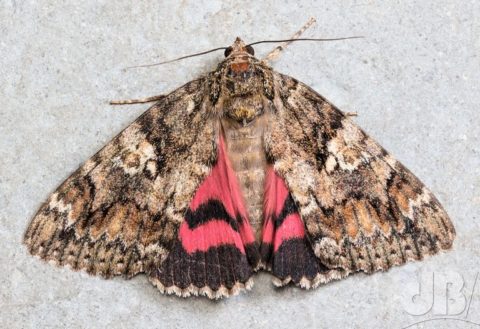
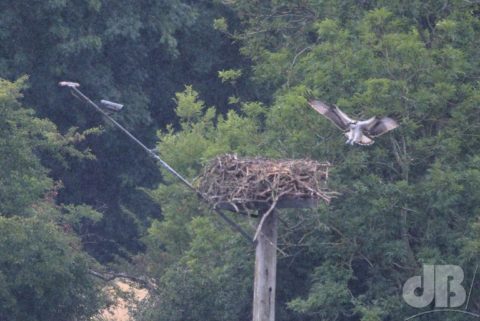
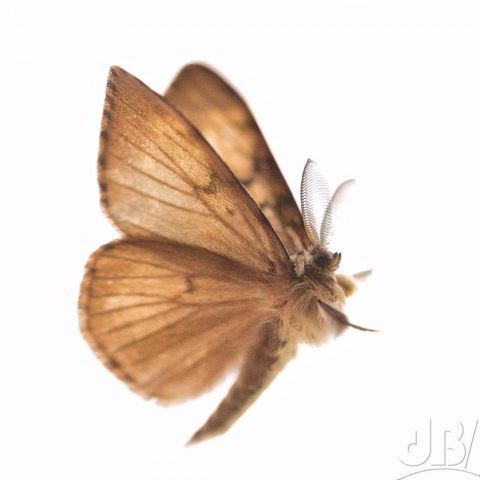
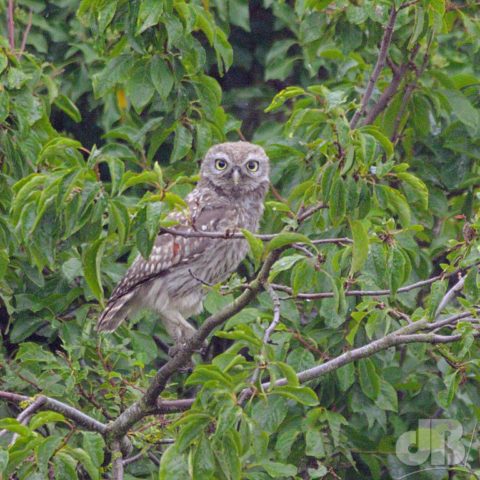
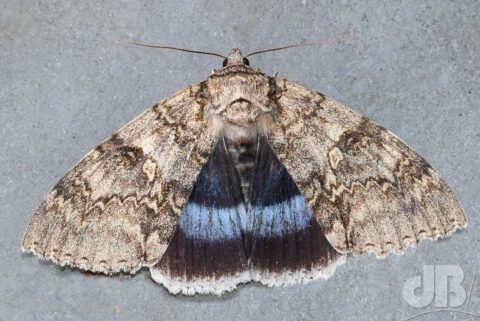
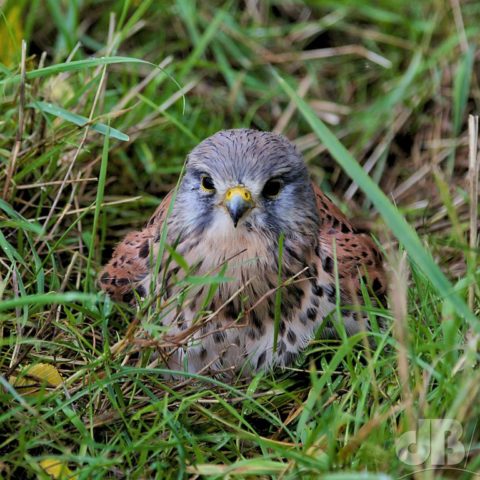
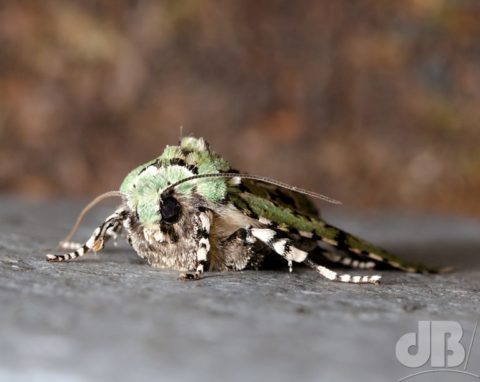
UPDATE: I think I had misremembered a nature documentary concerning how mistletoe seeds are distributed, it’s via beak not bottom, apparently. Maybe there is another parasite that requires transit through the avian digestive tract to activate it prior to germination, but seemingly not so the mistletoe seed.
Kiss and tell news just in. For the first time in more than two decades at our home, we finally have a female in our rowan tree, having had a male parasite hanging around for years.
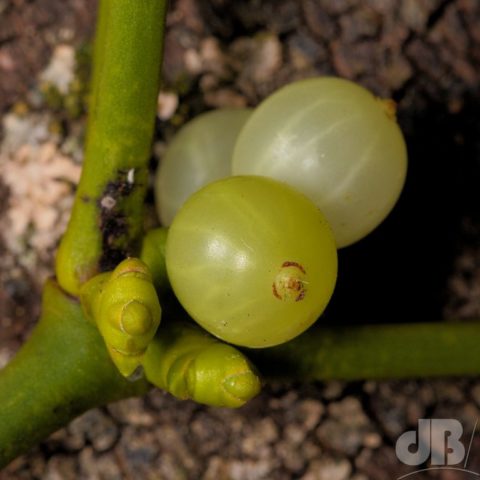
The scientific name – Viscum album – basically means “sticky white”. Birds such as blackbirds and thrushes eat the sticky white berries. They get nutrition from the flesh, but chemicals and undigested sticky berry flesh causes them irritation on the way out, which gives them the urge to scratch their cloaca against the bark of a tree to remove the irritation. Flesh and seed are then transferred from bird to bark where it sticks and gives the seed the opportunity to germinate and parasitise the tree. A new mistletoe will then later produce berries of its own that a future generation of birds will take.
Traditionally, a sprig of mistletoe is hung over the door to a house at Christmas. A visitor will pluck a berry and receive a kiss from the host or hostess for their efforts. Mistletoe is rather toxic, so the berries should not be eaten by people nor left for a pet to eat. Interestingly, the toxic natural products have been the focus of much research over the years for potential physiological activity which might be used to develop novel pharmaceuticals for various illnesses. It’s a topic, I’ve written about at this time of year several times in my thirty-plus years as a science writer.
#mistletoe #getafix #asterix #parasite #poisonous #botany
Don’t worry I’m not going to do any covers of Cliff songs…